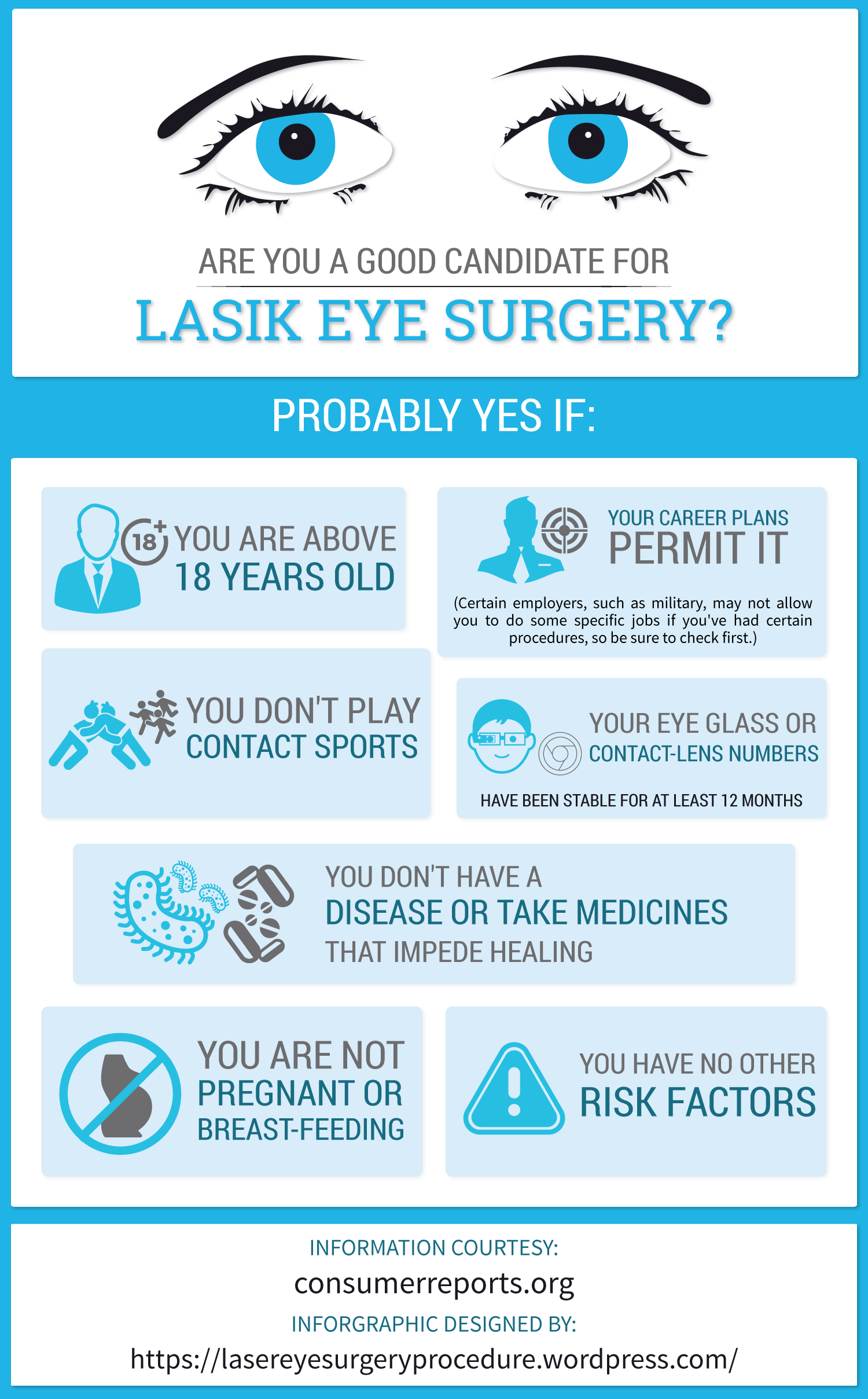Explore A Fascinating Trip Mapping The Growth Of Cataract Surgical Treatment Methods That Are Reinventing The Expectation Of Eye Healthcare
Explore A Fascinating Trip Mapping The Growth Of Cataract Surgical Treatment Methods That Are Reinventing The Expectation Of Eye Healthcare
Blog Article
Writer-Korsgaard Meyers
As you discover the evolution of innovative cataract surgery techniques, you'll witness a trip noted by ingenuity and precision. From ancient approaches that paved the way for modern-day innovations to sophisticated innovations that are transforming the area, the thorough introduction of cataract surgical procedure methods is a testimony to human development and devotion to boosting patient end results. The complex interplay between historic strategies and futuristic innovations creates an appealing narrative that sheds light on the evolution of among one of the most common procedures worldwide.
Historic Techniques and Technologies
Check out just how very early doctors changed cataract therapy by utilizing innovative strategies and devices. In the past, cataract surgical procedure was a dangerous and unpleasant procedure. Nevertheless, ancient Indian physicians were among the initial to try medical treatments for cataracts, making use of a method called 'formulating' where a sharp tool was made use of to push the cataract back into the eye. This technique, though crude by today's requirements, prepared for future improvements in cataract surgical treatment.
As time progressed, Arab medical professionals made substantial contributions by developing specialized needles for cataract removal. These needles were used to penetrate the cataract and after that extract it from the eye, marking a considerable improvement in surgical accuracy.
Later on, in the 18th century, the French doctor Jacques Daviel spearheaded the strategy of extracapsular cataract extraction, where the whole lens was eliminated intact via a bigger incision. https://www.businessinsider.in/science/health/news/a-woman-said-it-feels-like-her-eyes-are-on-fire-after-getting-laser-eye-surgery-now-shes-documenting-her-experience-on-tiktok/articleshow/83418749.cms noted a significant improvement in cataract surgical procedure techniques, paving the way for the modern procedures we use today.
Modern Surgical Approaches
Early methods in cataract surgery have developed dramatically, bring about the advancement of modern medical strategies that focus on accuracy and enhanced client results. cataract surgery after 60 includes a procedure called phacoemulsification, where an ultrasonic gadget breaks up the cataract for removal with a small laceration. This strategy enables quicker healing and reduces the threat of complications compared to older approaches.
In addition, using sophisticated intraocular lenses (IOLs) has revolutionized cataract surgery results. These lenses can fix not only the cataract but likewise other refractive errors like astigmatism, minimizing the requirement for glasses post-surgery.
Surgeons today additionally have access to advanced imaging modern technologies that help in specific preoperative planning and intraoperative decision-making. Optical coherence tomography (OCT) and other imaging methods give comprehensive pictures of the eye's frameworks, allowing for an extra personalized technique to every individual's surgical treatment. With these innovations, contemporary cataract surgical treatment techniques continue to boost, using clients safer procedures and better visual outcomes.
Arising Technologies in Cataract Surgery
With improvements in innovation reinventing the area, cataract surgical treatment is seeing the integration of innovative techniques for boosted client end results. Arising innovations in cataract surgical procedure are reshaping the landscape of ophthalmic procedures. One such development is femtosecond laser technology, which enables accurate corneal incisions, capsulotomies, and lens fragmentation, resulting in improved medical precision and results.
Additionally, intraoperative aberrometry is acquiring popularity, allowing real-time measurements of refractive mistakes throughout surgical procedure to boost intraocular lens power estimations and lower postoperative refractive surprises.
In addition, using sophisticated imaging technologies like optical coherence tomography (OCT) and intraoperative wavefront aberrometry help specialists in precise surgical preparation and implementation. These devices offer thorough physiological details and aid customize medical approaches for each and every person's distinct eye characteristics.
Furthermore, developments in artificial intelligence are being checked out to assist in preoperative preparation, intraoperative decision-making, and postoperative treatment, possibly optimizing surgical outcomes and client complete satisfaction. Accepting these emerging technologies in cataract surgical treatment holds pledge for more enhancing person end results and ensuring the continued evolution of ocular medical strategies.
Conclusion
As you journey through the background of cataract surgical treatment, you witness the change from old practices to cutting-edge technologies. Like a phoenix metro increasing from the ashes, cataract surgical procedure has actually developed right into a sign of hope and development.
Equally as a caterpillar arises from its cocoon as an attractive butterfly, cataract surgical treatment has blossomed into a refined art kind, offering individuals clearer vision and a brighter future.
The development proceeds, shining a light on countless possibilities.
